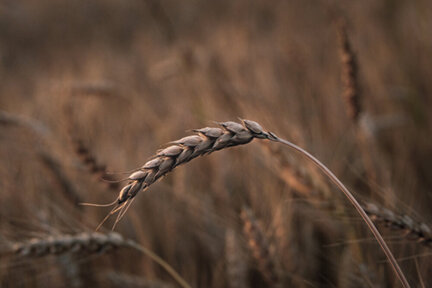A symbolic representation of the integer: Integrity
By Erzsebet Pitlu
It has been over a year since I first read the book Being Human and right after finishing it also decided to translate it into my native language Hungarian. I also attended numerous seminars, the themes of which were based on that book, namely the life forces. Gradually after attending each seminar my understanding and perception of the root of the matter began growing, but that was only superficial and based on rationale. Using reasoning solely as a tool is not enough. We tend to interpret symbols haphazardly as the inner, intrinsic meaning of the words and the significance of ancient imagery. It is because our knowledge is usually based on dry facts and rigid doctrines and dogma.
Only in the Myths and Archetypes workshop did I become aware that those life forces, and the bridges between their levels as the elements of the Caduceus are alive and exist in us. Beyond the pale of palpability, they inform us of their existence in the form of signals. We simply have difficulty elucidating the meanings of old symbols, signs, and signals. Symbols are often considered ornaments or accessories but they indeed suggest profound meaning. They are quintessential, multilayered conveyers of figurative meanings and truths.
And so is the language, a symbol, therefore it is the outcome of a universal idea. The essence is not to be sought in the text or letters but in a sublime image. In this respect, the Hungarian language is a good example of root words containing symbolic relationships to other words and hidden meanings. The Hungarian language is purported to be connected to the pre-Babylonian universal language and so it contains a fascinating system of root words of that same ancient language. If we examine the word integrity which is symbolized by the Staff of Aesculapius in the Caduceus, we can see what is hidden in its roots. IN-TE-eG-eR-ITAS in Hungarian can be broken down as follows:
IN: tendon, connection, liaison, also contains direction like a vector;
TE: You as a person;
ÉG: the world above, celestial sphere, heaven, and light;
EGY means one, wholeness;
ER: source, vein, and stream.
If we put it together it means the connection between man and the source of light. It is also worth noting that disease, sick(ness), and ill(ness) in Hungarian all translate to bet-egy or vet-eg respectively, which literally means to condemn or ignore (VET) the world above, heaven, or the One (EG). In doing so we come to the word bű-ön, literally postulating exuberance (BÜ) of the self (ŐN). Bűn means sin.
The snake is a symbol that characterizes flexibility, and all its subtexts.
The other element of the Caduceus is Flexibility which is symbolized by the snake around the staff. Snake in Hungarian is kigyo and in old Hungarian, it is kegyo which can be broken down in the following manner: KEGY means grace. If the word is broken down further into EG(Y) as described above, K in Hungarian rune has the same meaning as KI in ancient Sumerian and means Mother Earth. In Sumerian hieroglyphics, the symbol of grain is the vertically coiling spiral. The grain is known from the traditions of both Zoroastrianism and the New Testament as the symbol of rebirth, rejuvenation, and movement of life, such as the snake shedding its skin and growing a new one.
Evolution of a symbol to script (Sumerian for grain)
Wheat was known as the Staff of Life.



